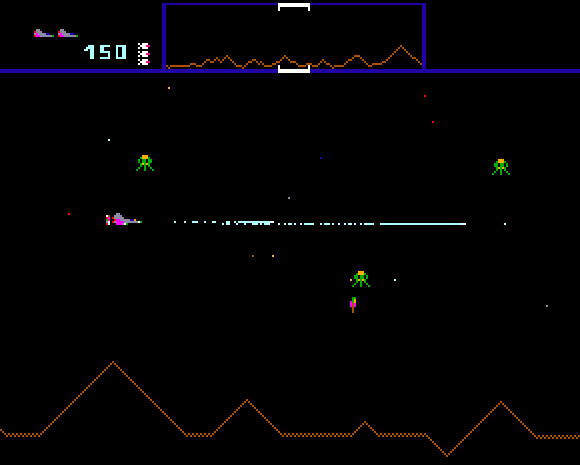 Defender (1981)
Defender (1981)  Defender (1981)
Defender (1981) The 1981 arcade classic Defender by Williams was a groundbreaking game in many ways. It had some of the most complex controls for any game at the time, with its two-way joystick, and 5 buttons. It was more difficult to learn than most arcade games, but once mastered, it was a very fluid and dynamic experience. It scrolled with variable speed in two directions - at its fastest very tricky to control, and it had a mini-map with enemy and human locations, a key feature for playing the game well.
The game had a unique sound design, brutal digital synthesis emulating laser fire, explosions, and strange alien voices. Only one voice at a time, but every sound was as intense as it could possibly be. The sound design and hardware came straight from Williams' pinball machines, where the tradition was to be as loud and noticeable as possible.
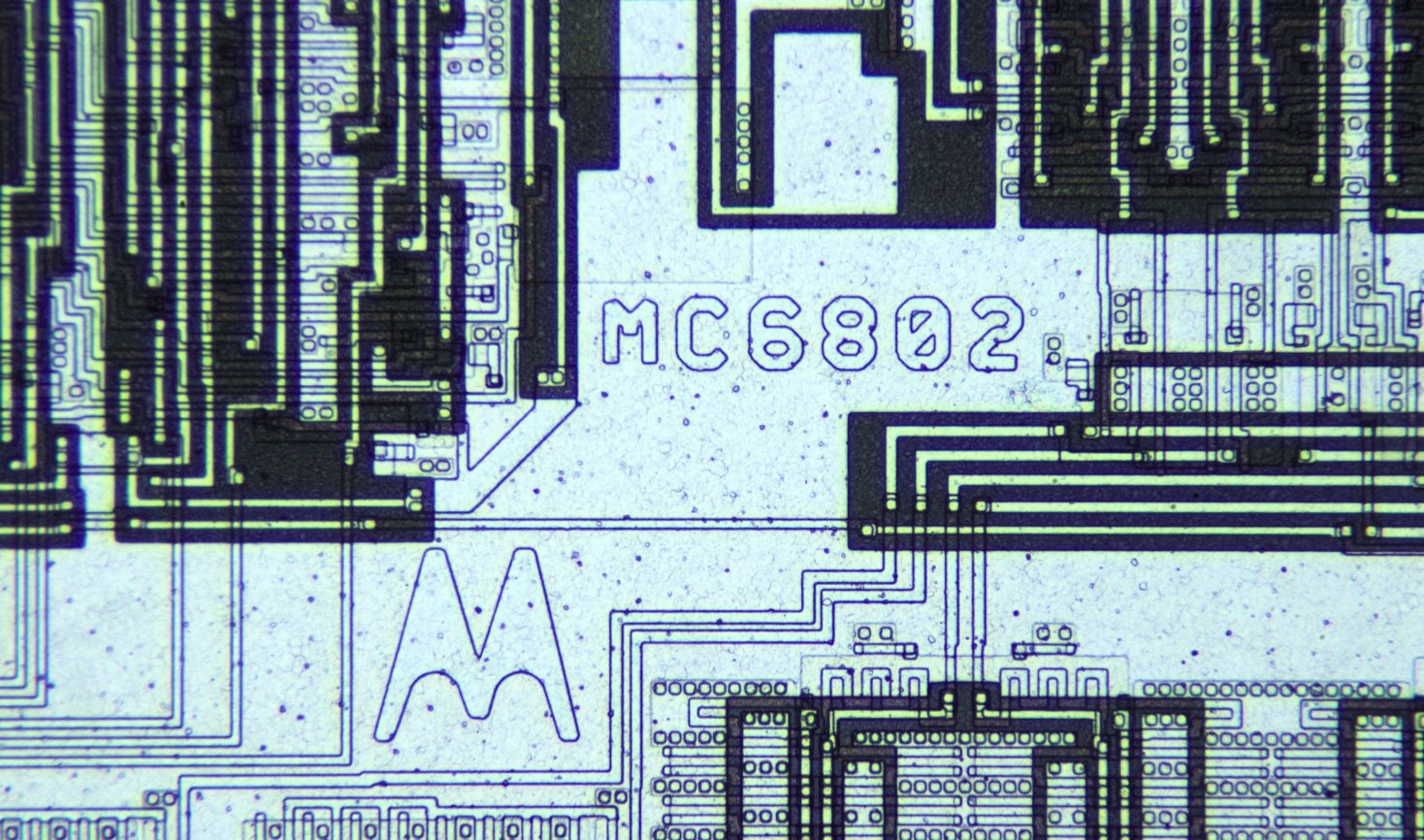 MC6802 die detail (photo by Vintage Teardown)
MC6802 die detail (photo by Vintage Teardown)
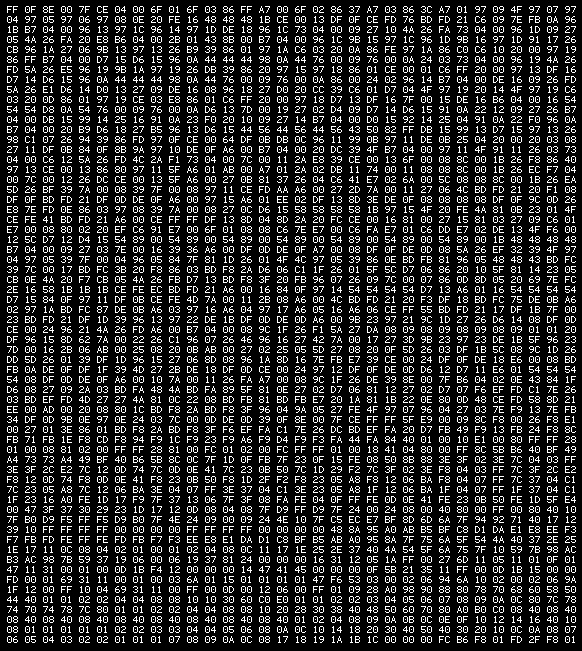 Defender sound ROM
Defender sound ROM
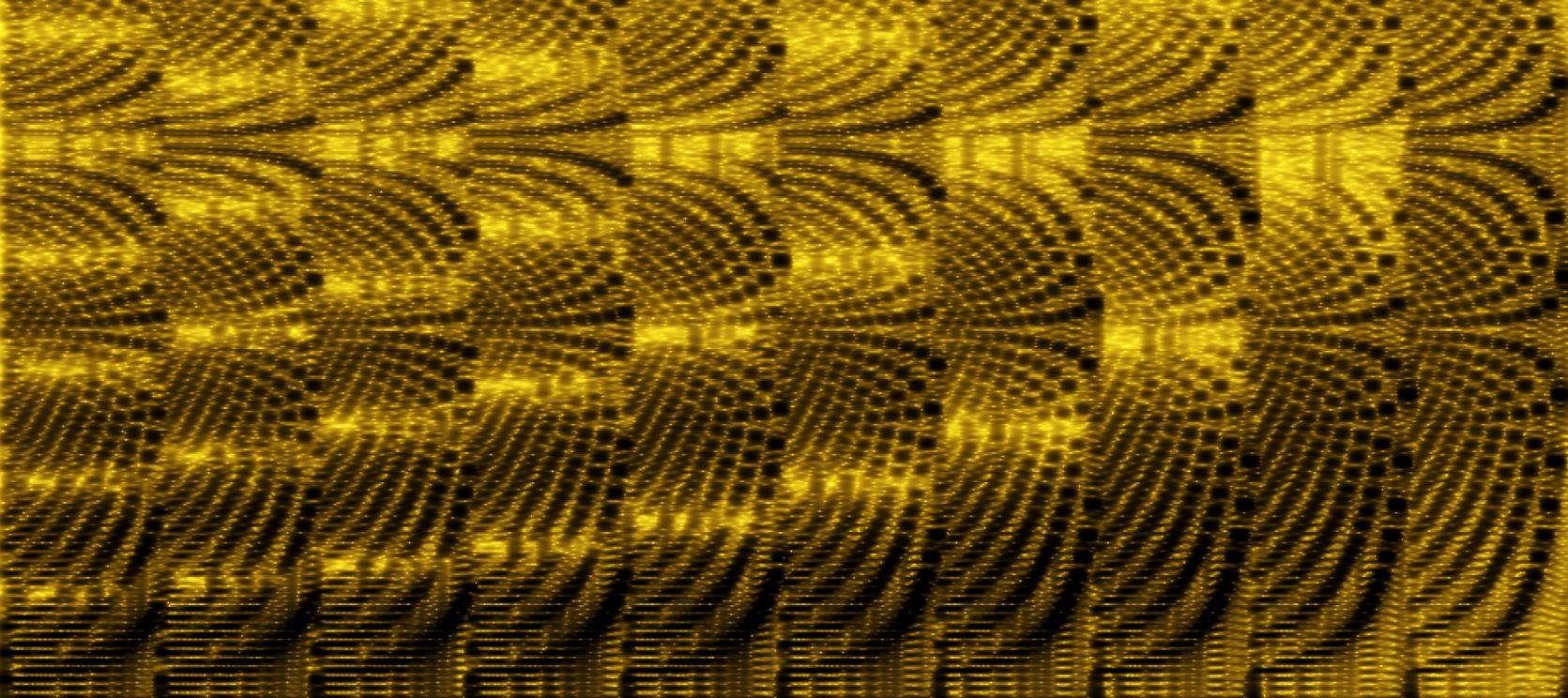 Defender boot sound (spectrum)
Defender boot sound (spectrum)
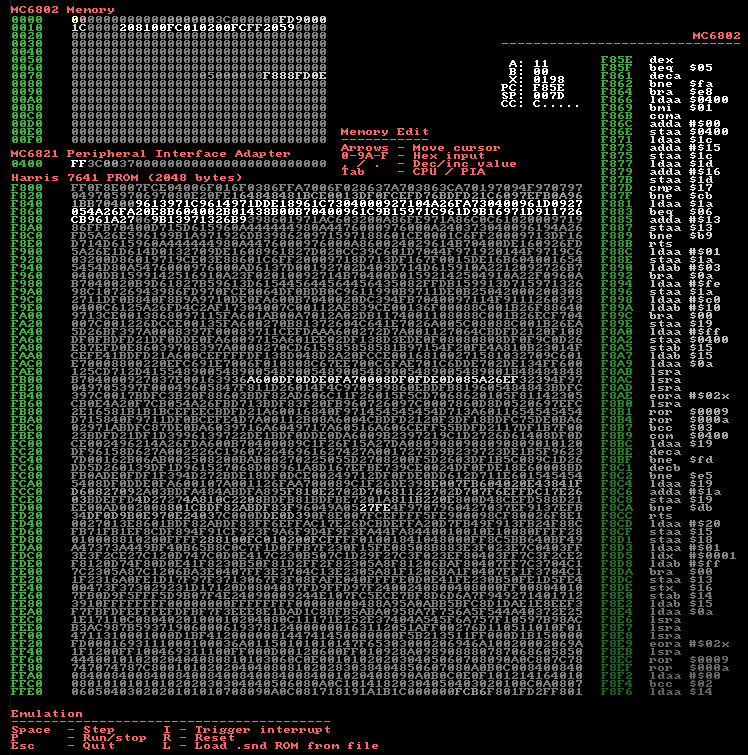 Defender Sound Board Emulator
Defender Sound Board Emulator
